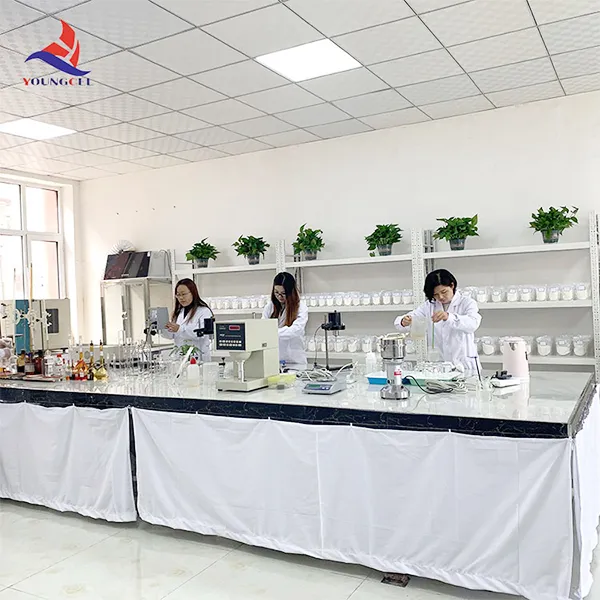The Chemical Composition and Properties of Cement
Cement is a crucial material in the construction industry, serving as a binding agent in concrete, mortar, and other construction applications. Understanding the chemical composition of cement is essential for optimizing its properties and ensuring the durability and strength of structures built using this versatile material.
Composition of Cement
The primary ingredient in cement is clinker, which is produced by heating a mixture of limestone (calcium carbonate), silica, alumina, and iron oxide at high temperatures (approximately 1400 to 1500 degrees Celsius). The resulting clinker consists mainly of four key mineral phases tricalcium silicate (C3S), dicalcium silicate (C2S), tricalcium aluminate (C3A), and tetra-calcium alumino ferrite (C4AF). Each of these components contributes differently to the properties of the cement and the resultant concrete.
1. Tricalcium Silicate (C3S) This compound is responsible for the early strength development of cement. It hydrates rapidly, which leads to the setting of concrete shortly after mixing. C3S contributes to the long-term strength and is essential for most structural applications.
2. Dicalcium Silicate (C2S) C2S hydrates more slowly than C3S, contributing primarily to the strength of concrete over time. Its slower reaction rate can be advantageous in applications where prolonged strength gain is desired.
3. Tricalcium Aluminate (C3A) C3A reacts promptly with water and is known for its role in the setting process of cement. It can influence the heat of hydration, leading to potential concerns regarding the thermal cracking of mass concrete structures.
cement chemical

4. Tetra-calcium Alumino Ferrite (C4AF) This phase contributes to the color of cement and aids in reducing the temperature of the clinker during production. While its influence on strength is minor, it plays a significant role in the overall economy of cement production.
Chemical Reactions
Upon mixing cement with water, a series of chemical reactions occur in a process known as hydration. The hydration products include calcium silicate hydrates (C-S-H) and calcium hydroxide (CH), which are vital for the strength and durability of the concrete. C-S-H forms a dense structure that holds the aggregates together, while calcium hydroxide helps in regulating the pH levels, thus providing an alkaline environment that contributes to the long-term integrity of the concrete.
Additives and Their Effects
To enhance the properties of cement, various additives and mineral admixtures can be introduced. Materials such as fly ash, slag, and silica fume can improve workability, reduce permeability, and increase the overall strength of concrete. These pozzolanic materials react with the calcium hydroxide produced during hydration to form additional C-S-H, contributing to a denser microstructure.
Conclusion
The chemical composition of cement is fundamental to its function as a key material in construction. The interplay of the primary compounds—C3S, C2S, C3A, and C4AF—governs the cement's early and long-term strength, setting time, and overall durability. Advances in cement technology, including the use of supplementary materials, continue to enhance its performance and sustainability. As the construction industry evolves, a deeper understanding of the chemical components and their interactions will be critical to developing more resilient, sustainable building solutions. By optimizing cement chemistry, we can ensure the safety and longevity of our infrastructures, catering to the demands of modern construction while being mindful of environmental impacts.
-
The Application and Significance of Construction RdpNewsMay.19,2025
-
Industrial Grade HpmcNewsMay.19,2025
-
Building Coating Adhesive Building Coating Adhesive HpmcNewsMay.19,2025
-
Application Of Hpmc For Detergent For Detergent In DetergentsNewsMay.19,2025
-
Application Of Hpmc Cellulose In Cement-Based MaterialsNewsMay.19,2025
-
Application Of High Quality Hpmc For Construction In The Field Of ConstructionNewsMay.19,2025




